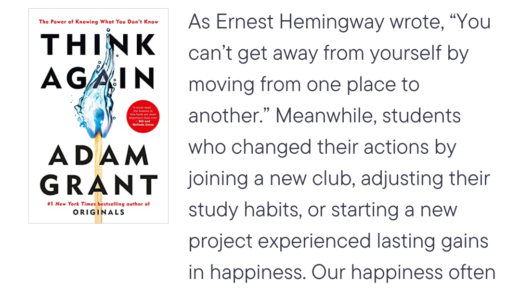Strangely enough, the first edition of the 1977 Dietary Goals did recommend that we limit our consumption of added sugars to just 15 percent of our total calories, and the second edition trimmed this down further, to just 10 percent of our total caloric intake, for refined and processed sugars. Oh, how many lives might we have saved if that recommendation had resonated more loudly! However, over the subsequent years, the media mainly focused on salt (which hit the cover of TIME in 1982122), cholesterol (TIME, 1984123), and saturated fat (which had already hit TIME magazine in 1961124), and no one was taking the limits on the intake of sugar seriously. Indeed, over the next twenty years, from 1980 until 2000,the Dietary Guidelines for Americans told us that sugar did not cause diabetes or heart disease, despite clear evidence to the contrary. In 1979, a study found that swapping the same number of calories of wheat starch with those of sugar was found to increase fasting insulin and insulin responses to a sugar load. Then, in 1981, Reiser and colleagues published another study showing that when wheat starch was replaced with sugar, even when calories were kept the same, more people eventually developed diabetes/prediabetes. Yet four years after this data was published, the 1985 Dietary Guidelines for Americans stated that “contrary to widespread belief, too much sugar in your diet does not cause diabetes.” This was a direct contradiction to the scientific literature. I’ll be blunt: we were lied to. The sugar industry had other strategies to keep the public naive to the harms of sugar. In the Supplemental Views to the 1977 Dietary Goals, the sugar industry stated, “It should be noted that sucrose (sugar)…does not displace other foods, but rather promotes their consumption. Though often referred to as empty calories, it is really Pure Calories with No Fat and No Cholesterol; it is an ideal energy source as an additive to other protein and nutrient providing foods [emphasis added].” That’s one Jedi-level mind trick right there. By getting people to think of sugar as pure energy, the sugar industry helped create the general notion among the public that sugar was not inherently harmful. All we had to do was burn off the sugar calories, and we could consume as much as we wanted—and it was an appealing story to believe. But, of course, the delusion that sugar calories are not harmful is simply not true: a sugar calorie is harmful, even more harmful than other carbohydrate calories, because of the way the sweet stuff affects insulin levels, brain chemistry, the immune system, inflammation, and many other physiological variables. Fortunately, more and more scientists are beginning to see through the obfuscation and are becoming convinced that sugar is a factor in the development of heart disease and other types of chronic disease. But back then, besides influencing the media and public perception regarding the harms of sugar, the sugar industry was undoubtedly also significantly swaying the scientific literature.
Interesting how that there was a time when the official dietary guidelines of America did not discourage sugar consumption when it is almost universally accepted now that sugar is bad for you. Also, this is a good example of how corporate interests and corporate backed research can influence public perception of what is good for them, even if it wasn’t based on fact.



